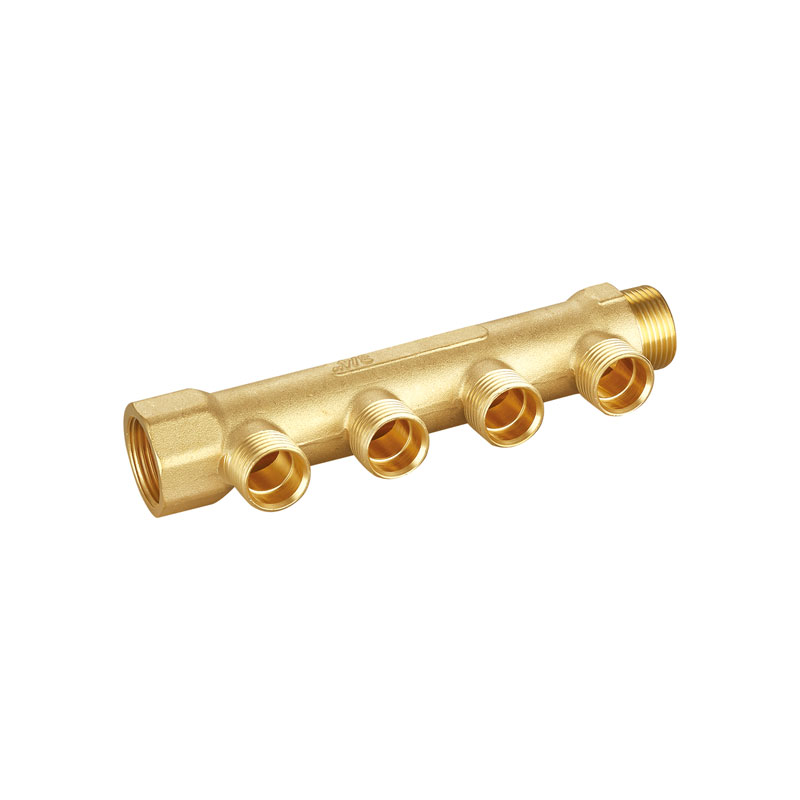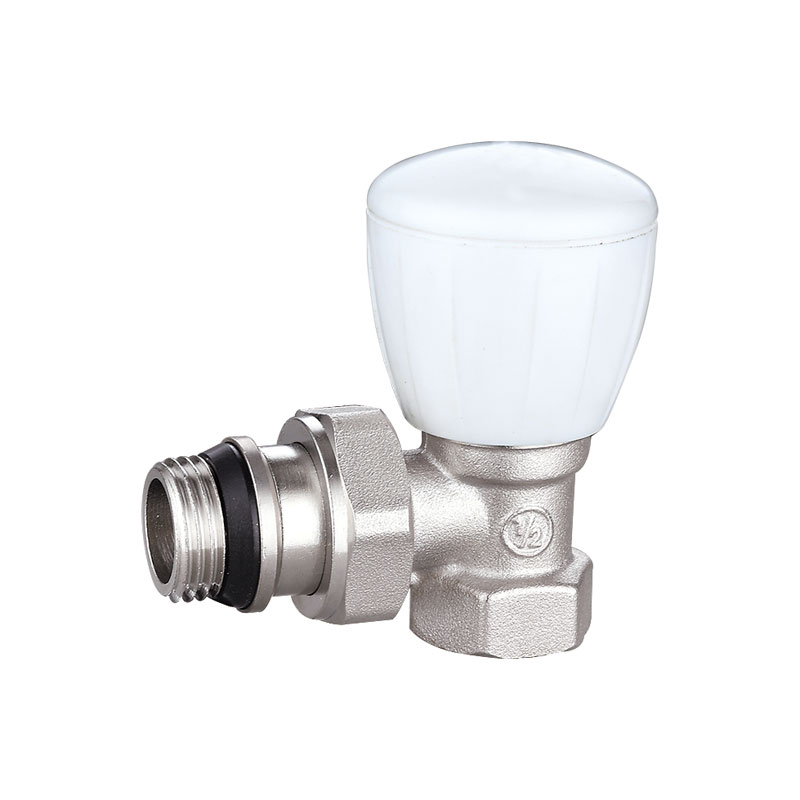The valve positioner is the main accessory of the control valve. It uses the stem displacement signal as the input feedback measurement signal, and the controller output signal as the setting signal for comparison. When there is a deviation between the two, the output to the actuator is changed. The signal makes the actuator act, and the one-to-one correspondence between the displacement of the valve stem and the output signal of the controller is established. Next, we will introduce the function of the electric valve positioner.
1. The electric valve positioner is a regulating system with high requirements for regulating quality, and it is necessary to improve the positioning accuracy and reliability of the regulating valve.
2. Install in the place where the pressure difference between the two ends of the valve is greater than 1MPa. By increasing the air pressure to increase the output force of the starter, it can overcome the different force generated by the fluid on the valve core and reduce the error in the stroke.
3. In order to avoid external leakage, when the flowing fluid contains high temperature, high pressure, low temperature, toxic, flammable, explosive and other states, the filler is usually squeezed very tightly, and the friction between the valve stem and the filler is used. Increase, and then use the positioner to overcome the time lag situation.
4. When the fluid is a viscous fluid or the fluid contains suspended solids, the use of Special design good price brass stop valve a positioner can reduce the resistance of the fluid to the movement of the valve stem.
5. The positioner also has the ability to overcome the transmission lag of the control signal and improve the response speed of the valve action.
6. Improve the flow characteristics of the regulating valve.
7. When a single regulator controls two actuators, two positioners can be used, with one acting at a low range and the other at a high range. Accept low input signal and high input signal respectively to achieve split range adjustment state.

 languages
languages

 English
English русский
русский












